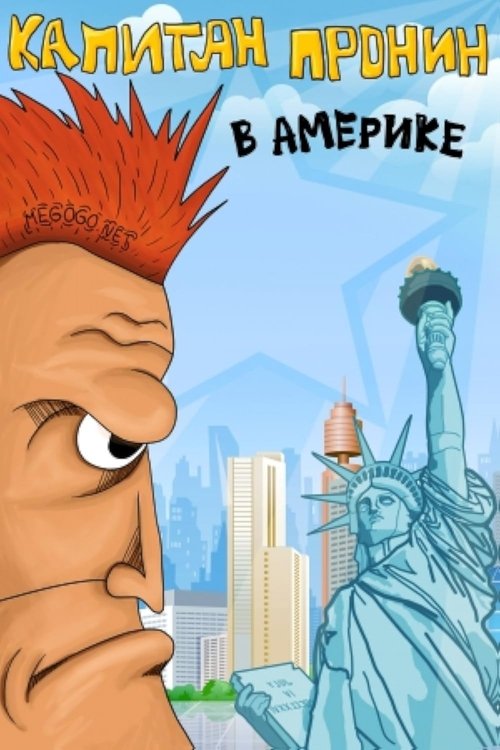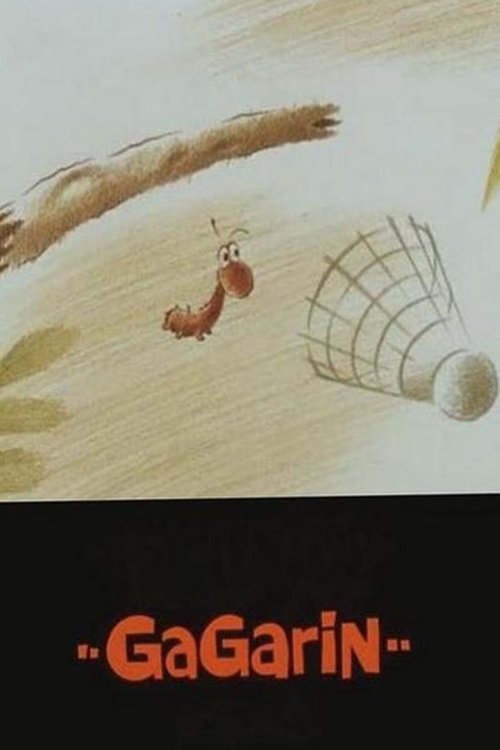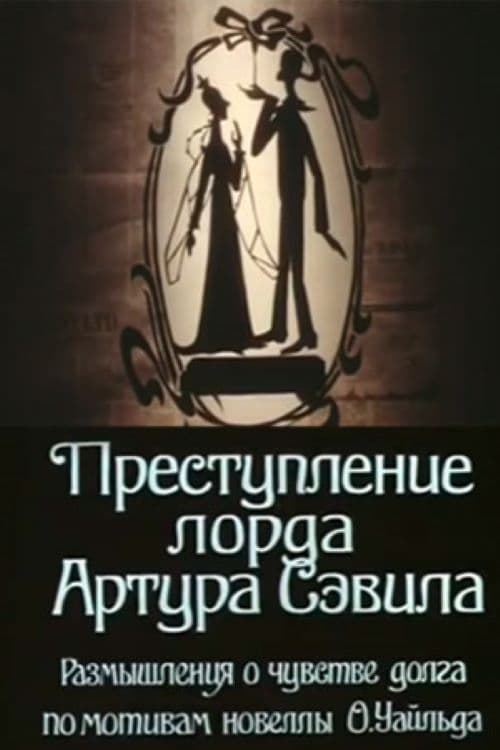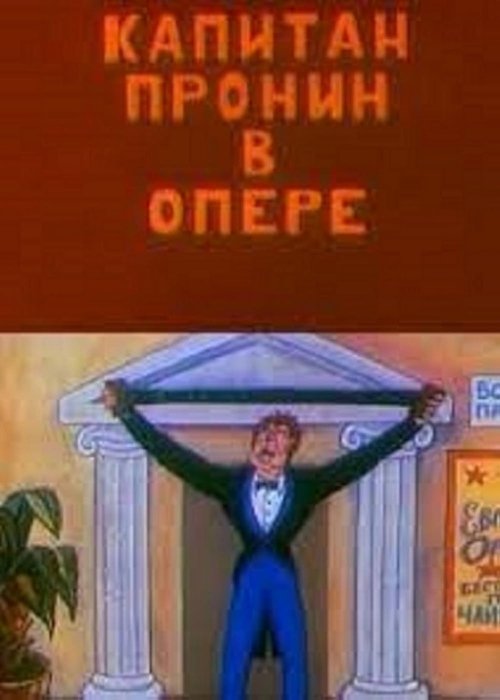
Ask Your Own Question
What is the plot?
More Movies Like This
Browse All Movies →What is the ending?
In the ending of the movie "Tuk-Tuk," the main characters face the consequences of their choices. The protagonist, a young man named Raju, ultimately finds a sense of purpose and belonging, while his friends confront their own paths. The film concludes with a sense of hope and renewal as they embrace their futures.
As the final scenes unfold, Raju stands at a crossroads, reflecting on his journey. He has grown from a carefree youth into a more responsible individual, shaped by the experiences he has endured alongside his friends. The tuk-tuk, once a symbol of their carefree adventures, now represents the bonds they have forged and the lessons they have learned.
Raju's friends, each dealing with their own struggles, begin to find their own ways forward. Some choose to pursue their dreams, while others decide to stay close to their roots, but all are united by the shared experiences that have defined their friendship.
The film closes with a montage of the characters moving forward, symbolizing the hope that lies ahead, despite the challenges they have faced.
As the final act of "Tuk-Tuk" begins, the sun sets over the bustling streets, casting a warm glow on the characters who have journeyed together. Raju, the protagonist, stands outside the tuk-tuk, his hands resting on the vehicle that has been a constant in their lives. He gazes into the distance, contemplating the choices that have led him here. The weight of his responsibilities is evident in his furrowed brow, yet there is a flicker of determination in his eyes.
Scene by scene, the narrative unfolds. Raju's friends gather around him, each one reflecting their own internal struggles. There is Meena, who has always been the dreamer, her aspirations of becoming a singer hanging in the balance. She approaches Raju, her voice trembling as she expresses her fears of failure. Raju reassures her, reminding her of the talent she possesses and the importance of pursuing her dreams. The bond between them deepens, showcasing the support they have for one another.
Next, we see Vikram, who has been grappling with the decision to leave their hometown for a job opportunity in the city. He stands apart from the group, his expression conflicted. Raju walks over, placing a hand on Vikram's shoulder, encouraging him to take the leap. Vikram's eyes soften, and he nods, realizing that this is a chance for him to grow, even if it means leaving behind the familiar.
As the night deepens, the group gathers for one last ride in the tuk-tuk. Laughter fills the air as they reminisce about their adventures, the memories flooding back like a warm embrace. The tuk-tuk, once a vessel of carefree joy, now symbolizes their journey of growth and friendship. Each character shares a moment of vulnerability, revealing their hopes and fears for the future.
In the final moments, Raju takes the wheel, driving them through the streets that have witnessed their laughter and tears. The city lights twinkle like stars, illuminating their path ahead. As they reach a hill overlooking the town, Raju stops the tuk-tuk, and they all step out, taking in the view. The horizon stretches before them, filled with possibilities.
The film concludes with a montage of each character embarking on their new paths. Meena is seen auditioning for a music competition, her face lit with determination. Vikram boards a bus, waving goodbye with a mix of excitement and trepidation. Raju stands by the tuk-tuk, a smile on his face, knowing that while their journeys may diverge, the bonds they have forged will remain unbreakable.
As the screen fades to black, the audience is left with a sense of hope and renewal, a reminder that even in the face of uncertainty, friendship and dreams can guide one toward a brighter future.
Is there a post-credit scene?
The movie "Tuk-Tuk," produced in 1993, does not feature a post-credit scene. The film concludes its narrative without any additional scenes or content after the credits roll. The story wraps up with a sense of resolution, focusing on the characters' journeys and the lessons they have learned throughout the film. The absence of a post-credit scene allows the audience to reflect on the themes of friendship, adventure, and personal growth that are central to the story.
How does the setting influence the characters' experiences?
The vibrant and chaotic environment of the city plays a crucial role in shaping the characters' experiences. The bustling streets, colorful markets, and diverse communities create a backdrop that enhances their sense of adventure and discovery.
How do the main characters' relationships evolve throughout the film?
The relationships among the main characters deepen as they face various challenges together. Initially, they are strangers, but as they navigate their journey, they develop bonds of friendship and trust, revealing their vulnerabilities and personal struggles.
What challenges do the characters face during their journey?
The characters encounter numerous obstacles, including mechanical failures of the tuk-tuk, cultural misunderstandings, and personal conflicts. Each challenge tests their resolve and forces them to confront their fears and insecurities.
What is the significance of the tuk-tuk in the story?
The tuk-tuk serves as a central symbol of freedom and adventure for the main characters. It represents their desire to escape the mundane aspects of life and embark on a journey filled with excitement and discovery.
What internal conflicts do the characters struggle with?
Each character grapples with their own internal conflicts, such as fear of failure, longing for acceptance, and the search for identity. These struggles are highlighted through their interactions and decisions as they navigate their journey together.
Is this family friendly?
The movie "Tuk-Tuk," produced in 1993, is generally considered family-friendly, but it does contain some elements that may be potentially objectionable or upsetting for children or sensitive viewers. Here are a few aspects to consider:
-
Cultural Context: The film explores themes of poverty and struggle, which may be difficult for younger audiences to fully understand. Scenes depicting the harsh realities of life in a developing country could evoke feelings of sadness or discomfort.
-
Conflict and Tension: There are moments of conflict between characters that may involve emotional distress or arguments. These scenes could be intense for younger viewers.
-
Mature Themes: The film touches on themes of family separation and the challenges of survival, which may resonate deeply and provoke emotional responses.
-
Visual Imagery: Some scenes may depict the struggles of daily life in a way that could be visually jarring, such as crowded living conditions or the hustle of city life.
-
Emotional Struggles: Characters experience significant emotional turmoil, including feelings of despair and hopelessness, which may be heavy for sensitive viewers.
While the film ultimately conveys messages of resilience and hope, these elements may require parental guidance for younger audiences to help contextualize the more challenging aspects.





















